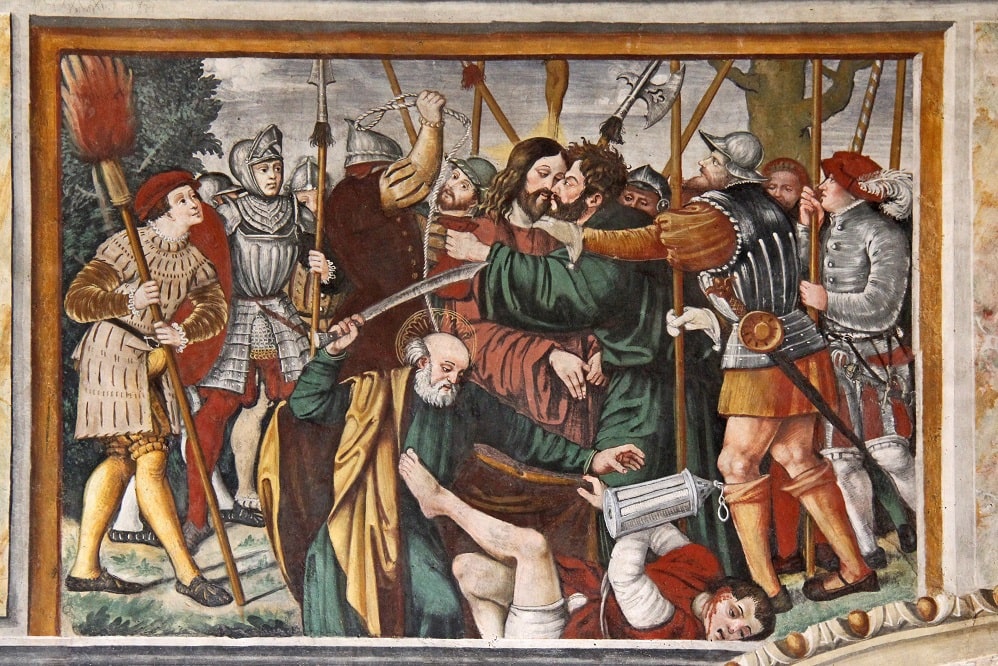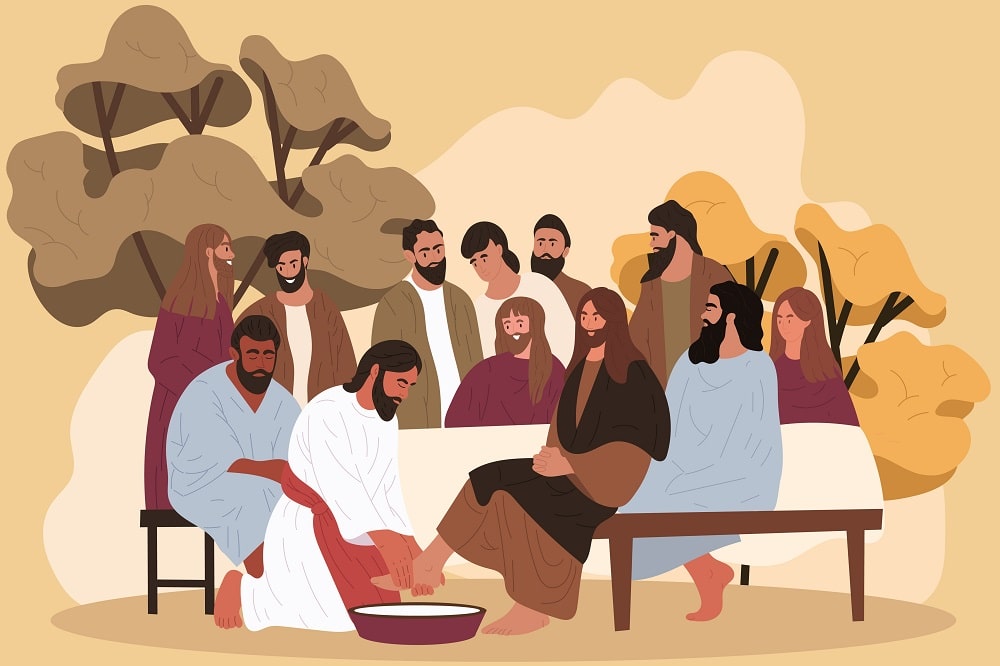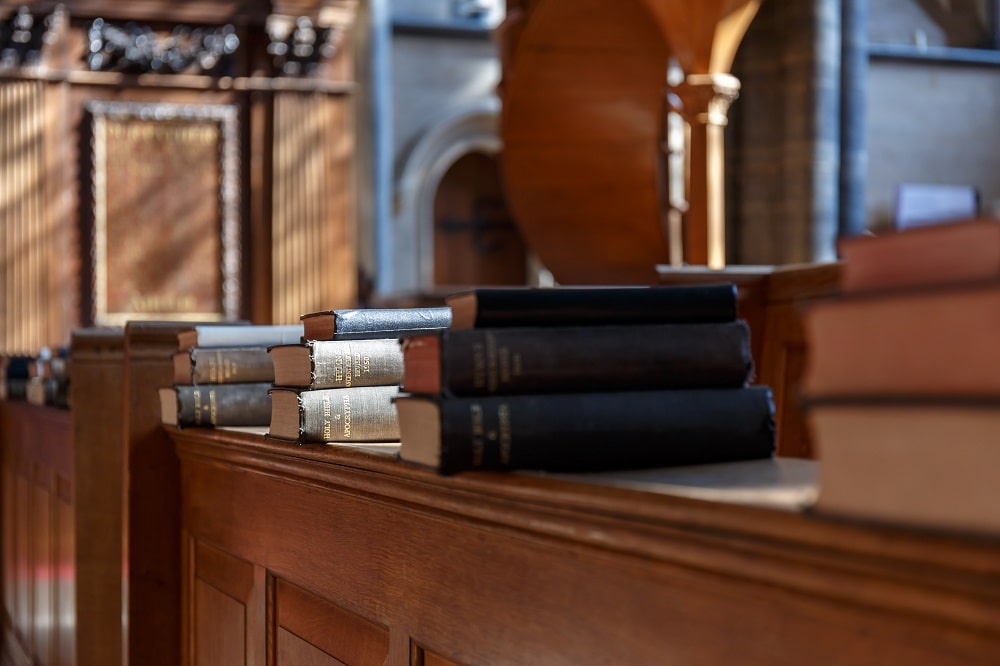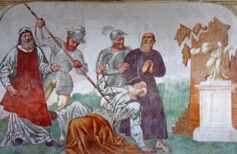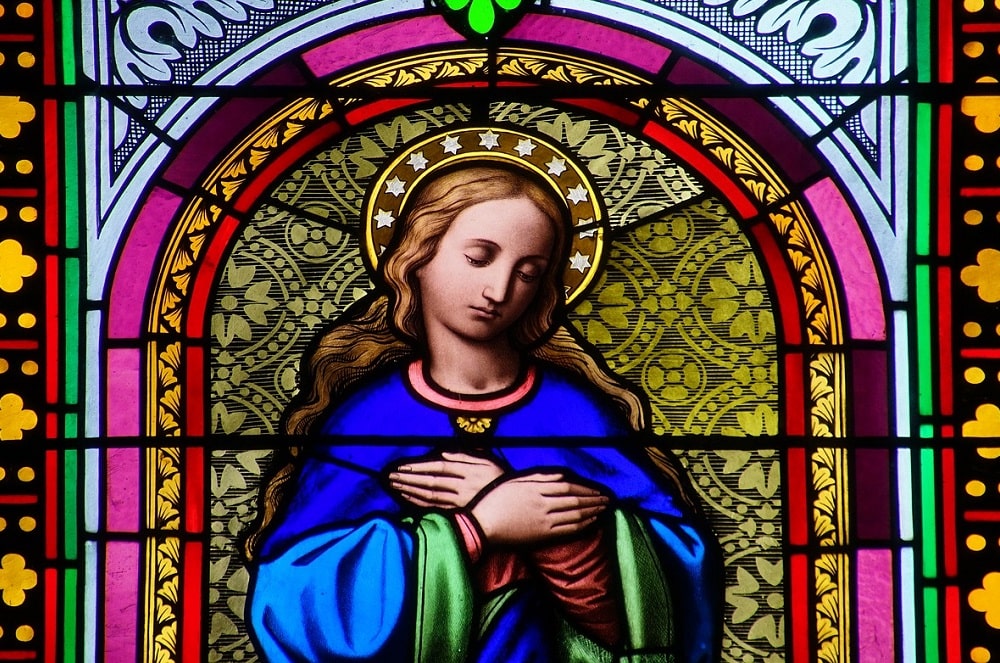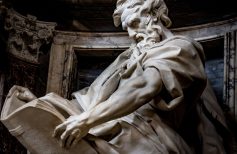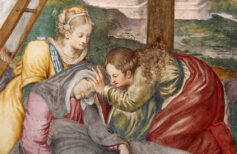Saint Matthew the Apostle, the protector of engineers and butchers, was the only apostle not chosen by Jesus, but by the apostles. Let’s get to know him better.
St. Matthew, the twelfth apostle is celebrated on 14 May. An atypical apostle, because he was the only one not chosen by Jesus, but by the other apostles after the latter’s death. The betrayal and tragic suicide of Judas Iscariot had left a vacancy among the apostles, who had to be twelve, to symbolize the twelve tribes of Israel.
So in the days following the Ascension, the apostles and disciples of Jesus gathered to elect the new apostle. Saint Matthew was chosen from one hundred and twenty faithful Jesus, together with another man, Joseph, called Barsaba, and then drawn as a new apostle. His story is told in the book of the Acts of the Apostles 1,21-22.
Before this, he was a disciple, one of those who followed Jesus everywhere. In the case of Matthew, he was already at Jesus’ side when he was baptised by John the Baptist and never left him.
Moreover, Matthew seemed destined to remain at the side of the Son of God forever. His very name derives from Mattathias, which means “Gift of God”.

24 June Saint John the Baptist
On 24 June we celebrate the birth of Saint John the Baptist, one of the most venerated Saints in the world…
The history of San Matthew
Paradoxically, almost nothing is known about the apostle Matthew after his appointment. Shortly after being drawn by Lot, he would leave, like the other apostles no longer welcome in Jerusalem, to go and preach the Word of Jesus. Vague and contradictory sources describe him travelling in the lands of Ethiopia, to the territories populated by cannibals.
His death occurred in Sevastopol, where he was buried at the Temple of the Sun, or according to other accounts, he suffered martyrdom in Jerusalem, where he was stoned and then beheaded with a halberd. This detail would justify why the Saint is often represented with this weapon in his hand. But there are no definite facts.
What is certain, however, is that Saint Matthew was present at Pentecost, the descent of the Holy Spirit on the Apostles. It is one of the highest moments in the history of the Church, indeed, in some ways, it is considered its true beginning. It was thanks to the outpouring of the Holy Spirit, sent by Jesus to his disciples in the form of tongues of flame, that they began to go and preach the Gospel.
Hebrew Pentecost fell on the fiftieth day from the day after the Passover Sabbath. It was a sacred, but also an agricultural feast, known as the feast of harvest and first fruits. He envisaged a pilgrimage to Jerusalem and the sacrificial offering of leavened bread to the priests of the Temple.
In the Acts of the Apostles (Acts 2:1-11), it is stated that on the feast of Pentecost all the disciples of Jesus were gathered together in Jerusalem, united in one place. Now when the day of Pentecost had come, they were all with one accord in one place. Suddenly there came from the sky a sound like the rushing of a mighty wind, and it filled all the house where they were sitting. Then there appeared to them tongues as of fire, which parted and came to rest on each one of them. And they were all filled with the Holy Spirit and began to speak in different tongues, as the Spirit enabled them to proclaim. (Acts 2,1-4)

On the occasion of Pentecost, pray Mary that unties the knots
50 days after Easter, she will untie the knots and celebrate Pentecost, which recalls the descent of the Holy Spirit among the disciples…
A great crowd was called by the noise and rushed to the place where the disciples were gathered. Hearing them speak in so many different languages they marvelled immensely. St. Peter and the Apostles came forward, reminding everyone of the ancient prophecies, and said that this miraculous event was the work of Jesus, “Lord and Messiah” sent by God and resurrected from the kingdom of the dead. Many people were instantly converted and asked to be baptised, as Peter urged them to do: “Repent, and let every one of you be baptised in the name of Jesus Christ for the remission of your sins; then you will receive the gift of the Holy Spirit. For the promise is made to you and to your children and all those far off, whomever the Lord our God will call.” (Acts 2,38-39).
So the apostles, and Saint Matthew among them, began to preach the Gospel. Many people came together to listen to them and learn from them how to turn to God and the miracle of sharing bread and praying. Thus the first seed of the Christian church was born.
As for many Saints, his cone relics are kept in different churches and cities. One part is in Trier, a German city of which he is the patron saint, and where there is a basilica dedicated to his worship. Even in the Basilica of Santa Giustina in Padua, there are some relics of San Matthew, contained in a marble ark in the transept. The same Basilica also houses the relics of St. Luke the Evangelist. Other relics of the Saint would be kept in Rome in the Basilica of Santa Maria Maggiore, brought here by St. Helena, mother of the emperor Constantine, but there is a suspicion that they could be those of St. Matthew, bishop of Jerusalem.
Saint Matthew was also attributed as an apocryphal gospel.

Saint Matthew, apostle, evangelist and martyr
On 21 September, Saint Matthew is celebrated evangelist, apostle and martyr. Who was he and how did he become an apostle?…
Matthew, an apostle after the betrayal of Judas
So even if drawn after the death of Jesus we can certainly not consider Saint Matthew a less important apostle than all the others. His participation in the life of the Lord and his constant presence at his side, make his ‘promotion’ to the rank of Apostle only the confirmation of a life dedicated to the faith. Also being personally invested by the fire of the Holy Spirit in the feast of Pentecost. It is also probable that he was one of the seventy-two disciples sent by Jesus “as sheep among the wolves” (Matthew 10:16) so that they would prepare for his arrival in the villages and lands where he was headed.
But how does his figure fit in with Judas Iscariot?
Judas did not enjoy great popularity even before he betrayed Jesus. Reading the Gospels we often find very negative judgments about him, even accusations of being greedy, not very honest in his role as an economist of the apostles, and even a thief. It is difficult to understand how much of this negative view of Judas Iscariot is to be implied in what he has done, in his role in the arrest, Passion and death of Jesus. If he was so unpleasant and unpleasant, why would the Savior want him by his side? Perhaps Jesus in his infinite wisdom knew that it took just such a man as Judas for everything to be accomplished.
The fact remains that Judas did not survive his Master. After having him arrested he immediately repented and, destroyed by guilt, hung himself.
The fact that Saint Matthew has taken his place has in a certain sense healed an open wound, restoring integrity to the college of the Apostles and preparing the ground for the fate that awaited them.



